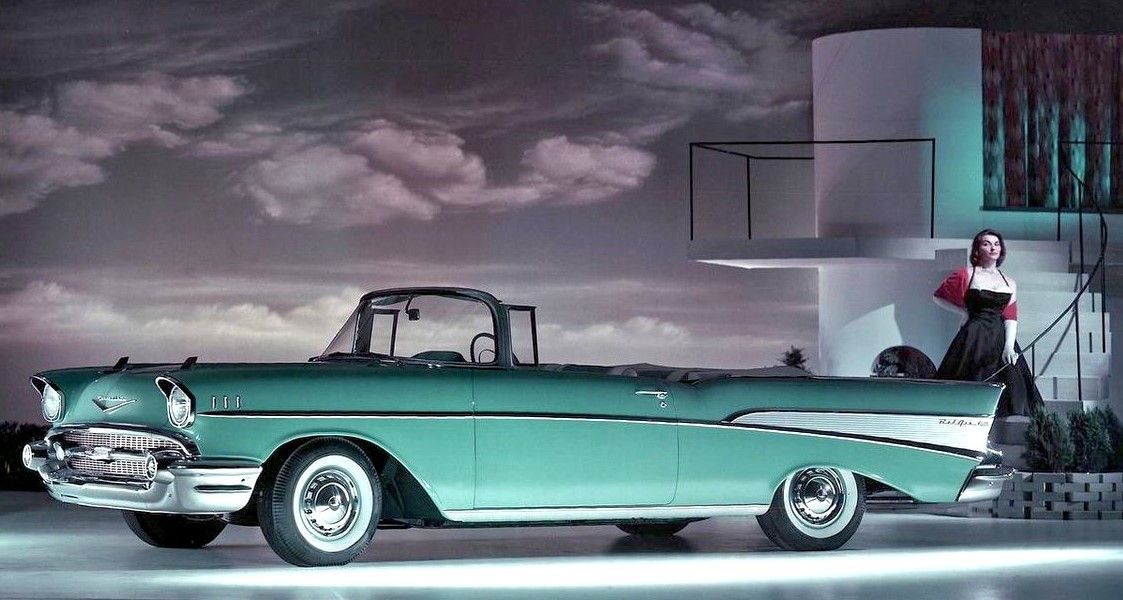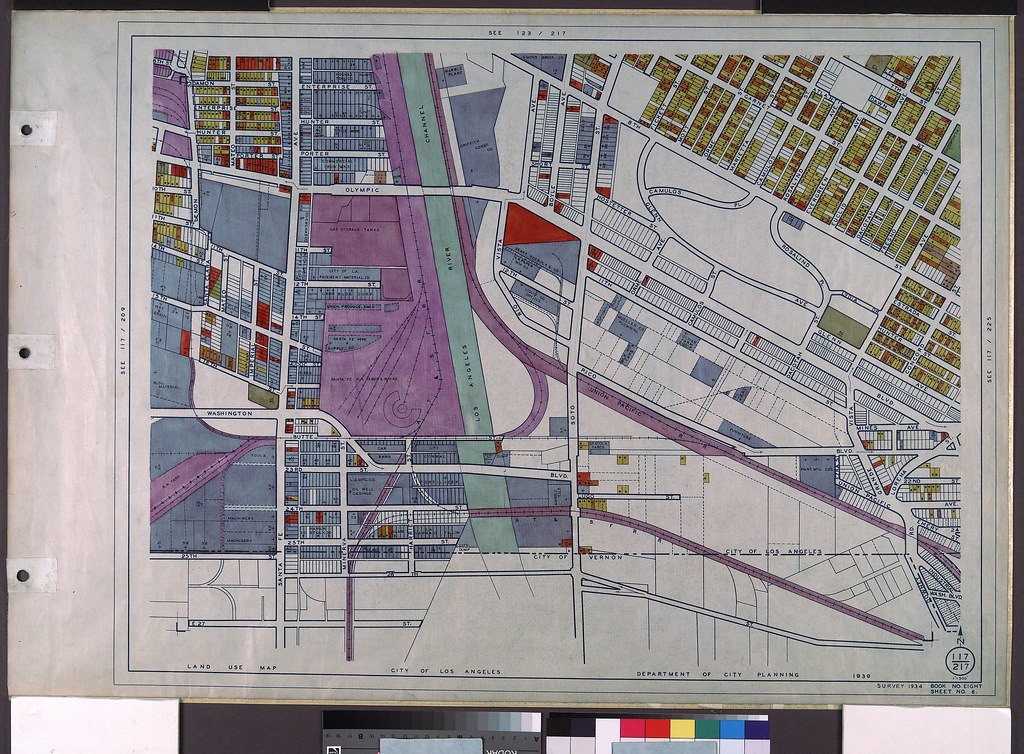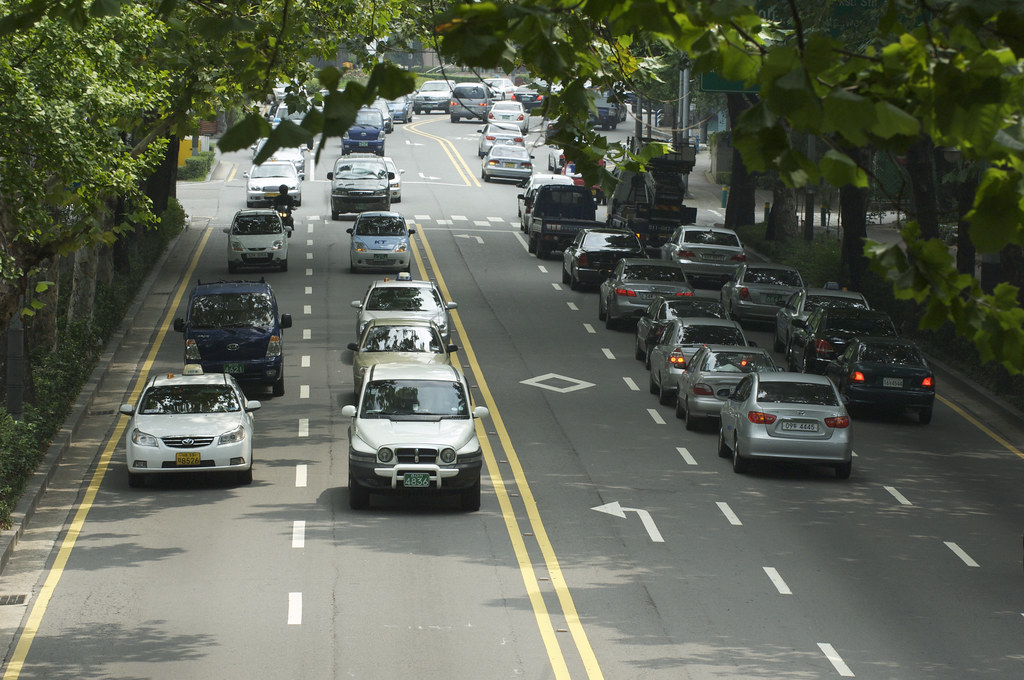
Traffic tickets are like that unwelcome paparazzi photo: nobody wants one, they can pop up unexpectedly, and they can definitely leave a mark on your record (and your wallet!). Whether you’re a Hollywood A-lister jetting between sets or just trying to make it to your 9-to-5 on time, the rules of the road apply to everyone. Even Mr. Feeny would agree that being a law-abiding citizen is the way to go, but hey, sometimes life (and traffic) happens.
So, what’s a driver to do when the flashing lights appear in the rearview mirror, or when you’re just trying to navigate the daily grind without adding “speeding ticket” to your to-do list? We’ve all been there, feeling that knot in our stomach. But fear not, because we’ve gathered some truly insightful, celebrity-tested, and expert-backed strategies to help you navigate the asphalt jungle.
From the wisdom shared by the beloved cast of *Boy Meets World* during their Las Vegas road trip to crucial lessons learned from high-profile celebrity mishaps, we’re breaking down 12 essential steps. These aren’t just dry rules; they’re actionable tips designed to keep you cruising smoothly, avoiding those pesky tickets, and staying safe. Let’s dive into the first half of our ultimate guide to becoming a road-savvy superstar!
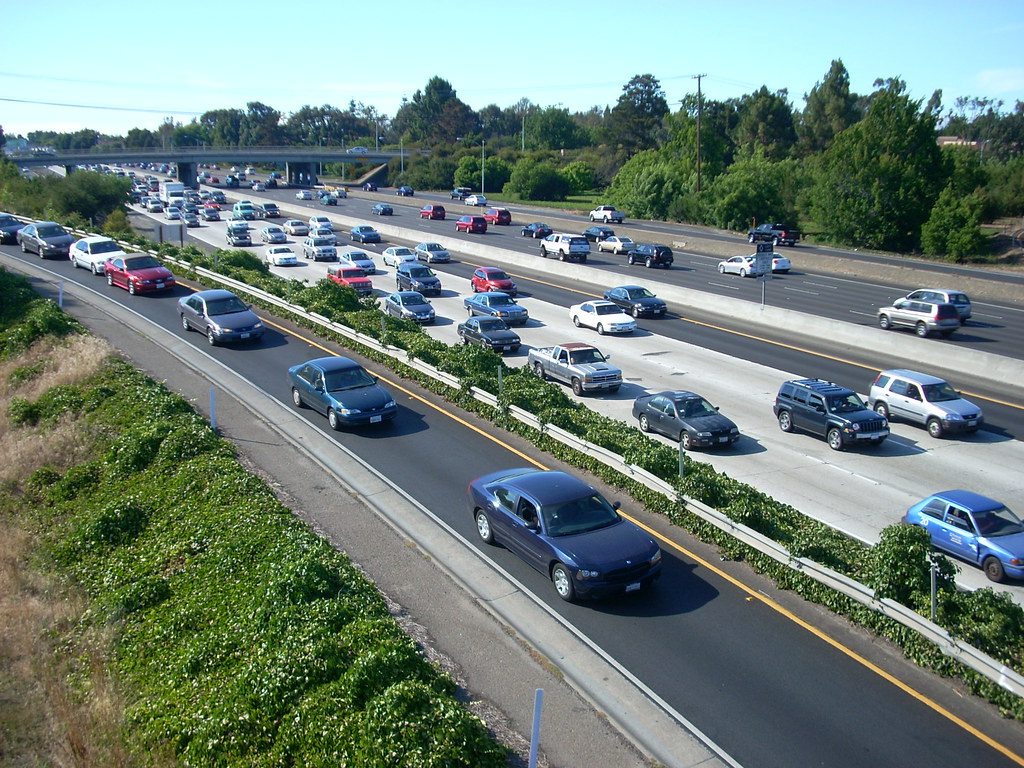
1. **Master the Initial Pullover Etiquette (The Danielle Fishel Protocol)**Alright, imagine this: you’re cruising along, maybe humming a favorite tune, and then BAM! Red and blue lights in your mirror. Panic sets in, right? But before you even think about rummaging for your registration, there’s a protocol, a dance, if you will, that can set the tone for the entire interaction. Danielle Fishel, our beloved Topanga Lawrence from *Boy Meets World* (and one-third of the *Pod Meets World* hosting trio), is a veteran when it comes to successfully avoiding tickets after getting pulled over. She’s got some golden rules that every driver, celebrity or not, should absolutely live by.
Her first genius move? “Rolling down all four windows as soon as you’re pulled over.” This isn’t just for show; it immediately creates an open, visible environment, letting the officer see clearly into your vehicle. It reduces any perceived threat and demonstrates that you have nothing to hide. Think of it as opening up your “set” for inspection – transparency is key. This simple action communicates a willingness to cooperate and instantly puts the officer at ease, which, let’s be real, is half the battle won right there.
Next up in the Danielle Fishel playbook: “turning the car off.” This is another power move in the game of de-escalation. It signals to the officer that you’re not planning a quick getaway, and you’re ready to engage respectfully. It also shows that you’re focused on the interaction, not distracted by your car’s operations. Combined with rolling down the windows, turning off your vehicle creates a calm, controlled environment, reducing any potential tension right from the start.
And finally, the cherry on top of Danielle’s brilliant etiquette: “putting both hands on the steering wheel.” This is a classic, universally understood gesture of non-aggression. Your hands are visible, clearly not reaching for anything suspicious, and it allows the officer to approach your vehicle with confidence. As Danielle wisely puts it, “Don’t give them a reason to be nervous while they’re approaching.” These three simple steps from Danielle aren’t just tips; they’re a masterclass in respectful interaction during a traffic stop, and they seriously boost your chances of a positive outcome.

2. **Elevate Your Pullover Game (The Will Friedle Add-ons)**Now, if Danielle Fishel laid down the foundation for the ultimate traffic stop etiquette, Will Friedle, our very own Eric Matthews, comes in with some next-level enhancements. Will, a native New Englander who knows a police officer or two, offered tips that take Danielle’s already great advice “to the next level.” These aren’t just afterthoughts; they’re smart additions that further solidify your image as a responsible, cooperative citizen.
One of Will’s crucial add-ons, especially if you find yourself pulled over after dark, is to “turn the dome light on inside of your vehicle if it’s nighttime.” This is pure common sense, really. Just like rolling down your windows, illuminating the interior makes everything visible for the approaching officer. They can see what’s happening, who’s in the car, and that there are no unexpected movements. It eliminates shadows and guesswork, ensuring the officer feels secure as they approach your car, which, let’s be honest, is a huge win for everyone involved.
But Will didn’t stop there. His second piece of advanced advice is a truly distinctive one: “take your keys out of the ignition and put them on the roof of your vehicle.” This might sound a little unconventional, but it sends an unmistakable message. By removing the keys from the ignition, you’re physically disconnecting the power to the vehicle, further demonstrating that you have no intention of driving away. Placing them on the roof makes them easily visible and completely out of reach, providing absolute assurance to the officer that the vehicle is immobile and you are fully compliant.
Together, Danielle and Will’s tips form a comprehensive, celebrity-approved strategy for handling a traffic stop with grace and intelligence. They emphasize safety, transparency, and respect, creating an environment where a warning might just be in the cards instead of a ticket. As the *Pod Meets World* hosts know, their “celebrity helps at times, too,” but these fundamental acts of courtesy and cooperation are universally effective, making the officer’s “difficult job easier.”

3. **Recognize High-Risk Zones: City Streets Are Sneaky Traps**When you think of speed traps, your mind probably jumps to vast, open highways where state troopers lurk. But here’s a surprising truth that many drivers overlook: “Most drivers don’t realize that they are more likely to get snared by speed traps on a busy commercial street than on a freeway.” Yes, you read that right. City streets, with their bustling activity and seemingly innocuous speed limits, are often ground zero for aggressive traffic enforcement.
The reason? “Cops more rigorously enforce speeds on city streets where the low threshold for infractions means that a mere 5 to 8 miles per hour over the limit can mean a summons.” On a highway, going five miles over might barely get a second glance, but in a 25mph city zone, hitting 33mph could land you a ticket. This tight enforcement isn’t just about safety; historically, “during the last recession, many municipalities mandated aggressive, zero-tolerance traffic enforcement to make up for lost tax revenue.” And guess what? “It worked so well that many towns have kept these policies in effect, even lowering posted limits to ensnare more unwitting drivers.”
It’s crucial to understand that “Town and city police don’t patrol highways and freeways, which is the jurisdiction of state troopers who do not answer to local authorities.” This means you’re dealing with different authorities, often with different priorities. Local police are on their home turf, intimately familiar with every nook and cranny where a speed trap can be set. Plus, in this modern age, “traffic cameras are increasingly more common and sophisticated.” Take the UK, for instance, where “speed cameras have become so prevalent that you no longer can even plead your case to an officer. You simply receive a summons in the mail with a photo of your car and license tag.” So, keep your eyes peeled and your speed in check when navigating those seemingly innocent commercial arteries.
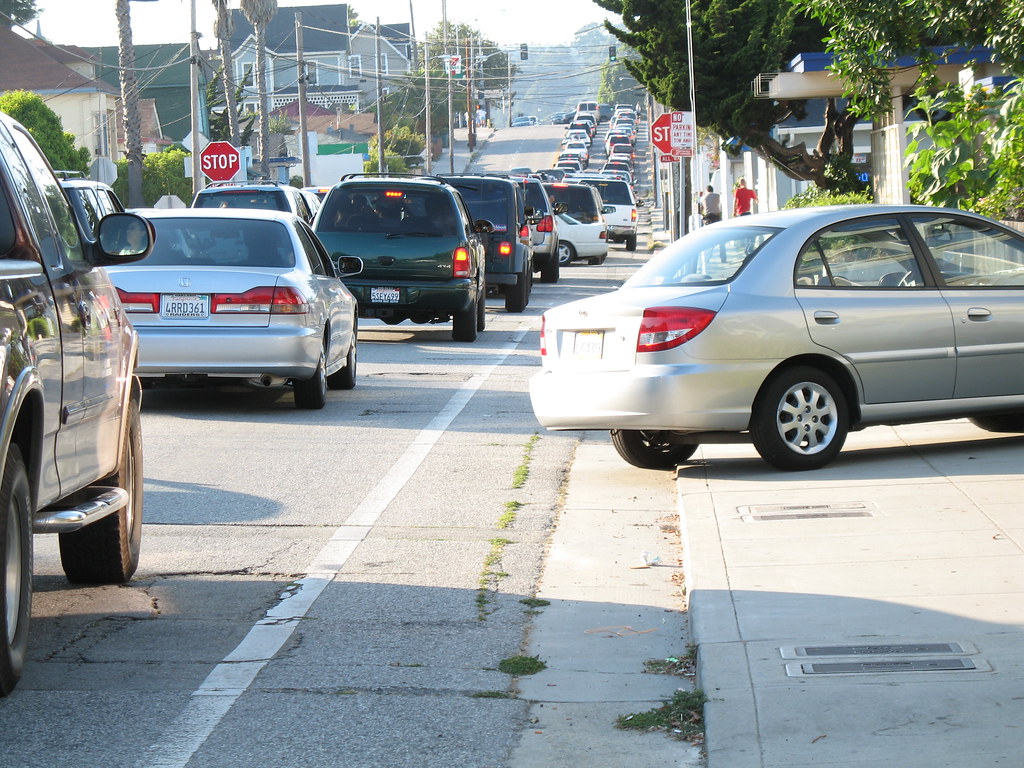
4. **Arm Yourself Smartly: Consider a Radar/Laser Detector**Now, for those of us who appreciate a little technological edge, a radar/laser detector might just be your new best friend. But let’s be clear, this isn’t a license to speed; it’s a tool for awareness. The experts tell us that “a laser detector is more effective on city streets than highways since it makes you aware by warning of police presence whether or not you’re being clocked.” Think about it: in a busy 25 mph zone, it’s incredibly “effortless to creep up over 30 without realizing.” That little beep can be the gentle nudge you need to check your speedometer and save yourself from a costly mistake.
When it comes to installation, you’ve got options. While some might dangle a unit from their windshield, the pros suggest springing “for a hard-wired system like the K40 that conceals the receiver under the bumper or behind the grille, rather than hanging off your windshield like a scarlet letter.” This not only looks much cleaner but also avoids potential legal issues in certain states. For example, “In California and Minnesota, it’s illegal to mount them on the inside of the windshield, so a proper installation is your only option in those states.”
And speaking of legality, it’s essential to know the rules. “Laser detectors, unlike jammers, are legal in nearly all 50 states, with the exception of Virginia and the District of Columbia where merely being in possession of one is seriously frowned upon and can land you a summons.” So, do your homework, know your local laws, and use this tech responsibly. While “local police departments generally rely on the K or Ka band for measuring vehicle velocity,” state patrols on highways often use “Lidar or laser instant-on systems that lock onto you without warning.” So, while it’s a fantastic alert system for city driving, don’t rely on it as an invincible shield on the open road. It’s about being informed, not invincible!

5. **Know Your Routes: The Art of Road Contours**You know those drivers who seem to navigate every twist and turn of the road with an almost psychic awareness? They’re not just lucky; they’ve mastered “the contours of the road.” If you drive the same route day in and day out, you’ve probably spotted the obvious hiding spots for patrol cars, “like behind an overpass support.” But the true masters know about the less obvious places, the ones that catch the unwary off guard.
One of the sneakiest tricks involves geography: “It’s a common tactic for cops to lie in wait just over a hill where they are impossible to spot from a distance, suddenly exploding into view as you fly over the grade.” This is where “speeding in that instance is a rookie move that will cost dearly.” Why? Because you’ll have no time to react. Your instinct will be “to brake hard, confirming to the officer that you were quite aware of your excessive speed.” And let’s be real, “There’s no talking your way out of that one.” It’s an open-and-shut case, and you’re probably looking at a ticket.
But the consequences can be even more severe. “What’s more, in some states 20 over the limit—say, 85 in a 65 zone—automatically registers a reckless driving citation on top of the speeding infraction.” And this isn’t just a minor fine; if “the officer’s had a bad day—or just doesn’t like your smug ass—it is his discretion to make an arrest on the spot for the reckless charge.” Suddenly, your quick dash over a hill could snowball into “towing, pound fees, the posting of bond, and likely legal representation, plus even more punitive points on your license.” So, whether you’re a seasoned commuter or just exploring a new route, take the time to learn those sneaky spots. Recognizing “all the places along the route where you are most vulnerable” is a crucial step to staying out of trouble.
Read more about: 10 Breathtaking Rail Trails Every Cyclist Should Ride Once
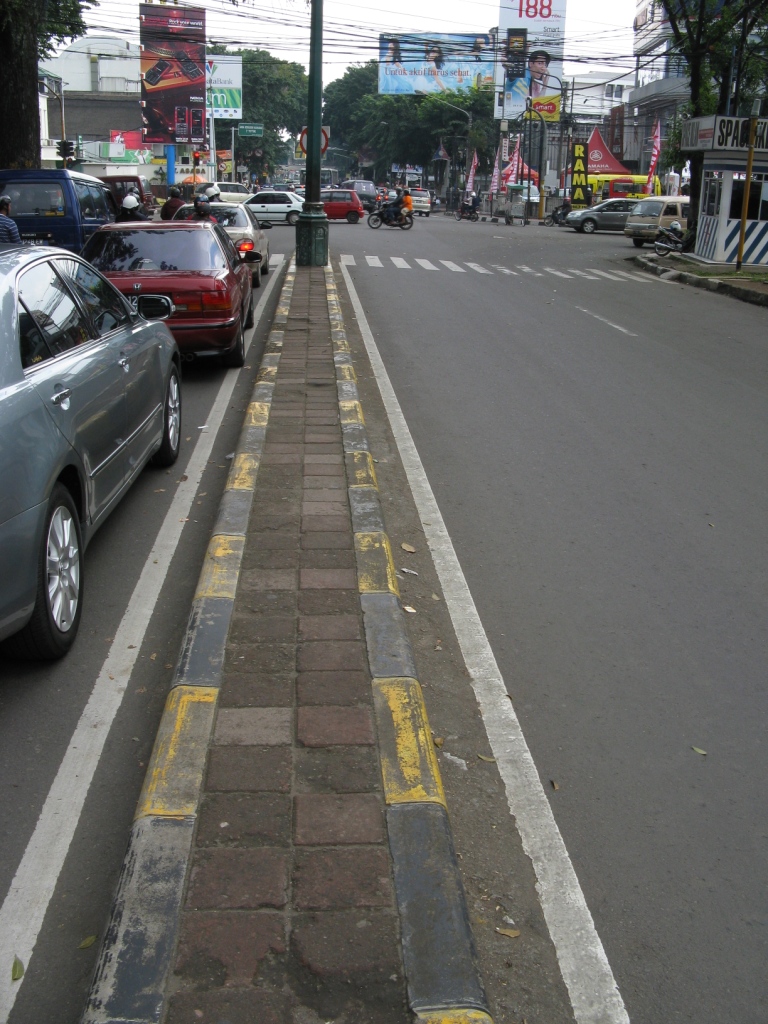
6. **Navigate with Tech: Get a Traffic App**In this digital age, your smartphone isn’t just for scrolling through celebrity gossip or sharing memes; it can be a powerful co-pilot in your quest to stay ticket-free. Enter the traffic app, a modern marvel that adds “a measure of protection when combined with other common sense tactics.” While no app is “foolproof,” they certainly stack the odds in your favor. The most popular one out there, “Speed Cameras & Traffic by Sygic,” is packed with features that make it an indispensable tool for any driver.
This isn’t just a simple GPS; it’s a comprehensive alert system. Imagine getting “alerts for speed cameras, red light cameras, and speed traps” in real-time. This kind of heads-up can be invaluable, especially when you’re driving in unfamiliar territory or simply lost in thought. Plus, it even “notifies you of new speed limit changes on your route,” which is a lifesaver in those zones where limits suddenly drop, catching unsuspecting drivers off guard.
What makes these apps truly powerful is their community aspect. “Users add to its database by reporting police radar traps they’ve encountered.” This crowd-sourced intelligence means you’re not just relying on static data; you’re getting real-time updates from fellow drivers. It’s like having a network of eyes on the road, all working together to keep everyone informed. So, next time you hit the road, consider firing up a traffic app. It’s a smart, modern way to stay ahead of the curve, keep your driving record clean, and avoid those annoying tickets. Just, you know, “be careful: if you find yourself addicted to your phone, learn how smart men curb their smartphone addictions” – safety first, always!
Read more about: The Essential Car Gadgets That Every Touring Musician Can’t Live Without: Your Ultimate Road Survival Guide
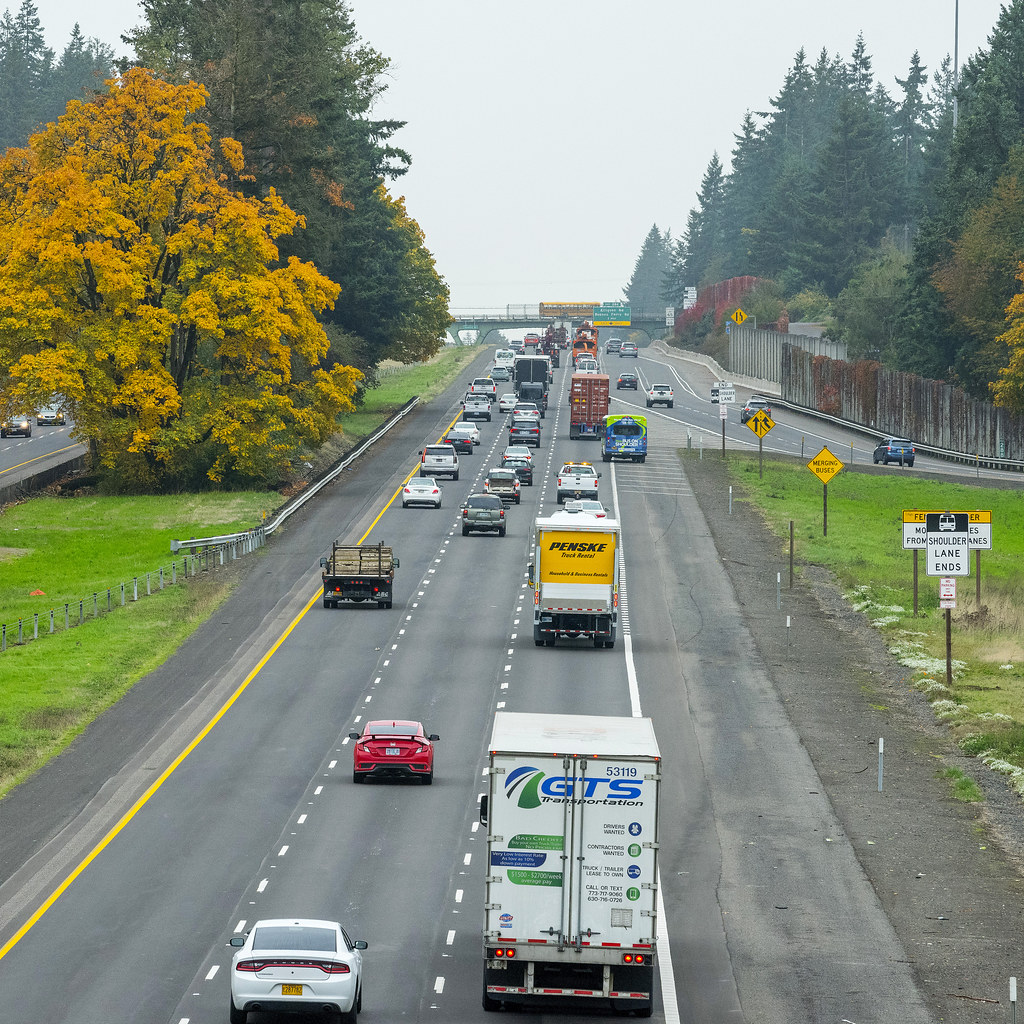
7. **Go with the Flow (No, Really, Go with It!)**Alright, buckle up buttercup, because this next tip is all about blending in – in the best way possible! Ever find yourself on a busy highway where *everyone* seems to be driving just a little bit faster than the posted limit? It’s not just your imagination. The pros tell us that “when all traffic is averaging ten to 15 over the limit—often the case on busy highways at peak periods—cops will overlook speeding in deference to keeping the flow moving.” It’s a delicate balance, an unspoken social contract of the highway, where maintaining the overall rhythm of traffic often takes precedence.
But here’s the kicker: don’t mistake this for a free-for-all! While going with the flow can sometimes save you from a ticket, it absolutely does *not* give you license to unleash your inner Fast & Furious driver. The cardinal rule here is, “Don’t stick out with aggressive lane-changing and other cop-baiting moves.” Think of it like being in a school play: you want to be a part of the ensemble, not the one hogging the spotlight with dramatic, show-off antics. Keep it cool, keep it steady, and you’ll significantly “improve the odds of getting where you’re going uneventfully.”
And speaking of timing, it’s super tempting to think that late-night drives are the perfect time to “get your speedfreak on.” But hold your horses! “Getting your speedfreak on during off-peak times before midnight or early morning is not advisable either since fast drivers easily stand out from slower traffic that is still in evidence at those hours.” Imagine being the only bright pink car in a sea of beige – you’re going to get noticed! The *only* time that might *potentially* be a little more lenient for pushing the envelope (assuming you haven’t been drinking, because seriously, don’t ever do that) is “in the hours between midnight and 6 am, when police are unlikely to set up speed traps when traffic is too light to warrant the effort.” But even then, always, always “use discretion.” Safety and smarts first, always!
Read more about: Unlock Your Best Self: Essential Health and Fitness Pillars for Your 40s
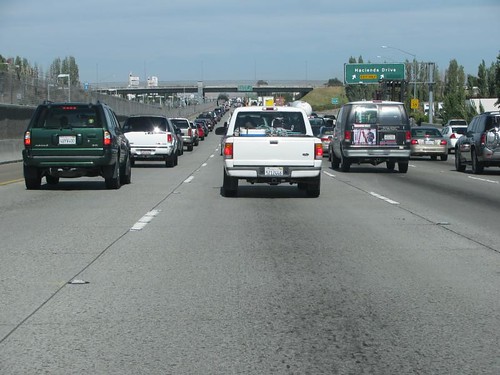
8. **Exploit the On-Ramps (But Do It Smartly, Not Recklessly!)**For those of you blessed with a high-performance ride, that irresistible “itch to let it rip” can be a real struggle. You know the feeling – that powerful engine just *begging* to show what it can do! Good news: certain expressway on-ramps can actually be your friend, offering “a bit of space—sometimes an eighth of a mile or more—to kick it down for a brief head-snapping interlude.” It’s like a mini, legal drag strip, giving you a chance to feel that exhilarating surge of power, even if just for a moment.
But before you unleash your inner race car driver, remember this isn’t about reckless abandon. The real skill lies in smart execution. As you zoom up that ramp, you need to “moderate your speed to the traffic flow and anticipate the best space to slot into with the least possible disruption to oncoming traffic.” This isn’t just about avoiding a ticket; it’s about being a courteous and safe driver. A smooth, well-timed merge is key, ensuring you seamlessly become part of the highway’s rhythm without causing anyone to slam on their brakes or swerve unexpectedly.
Think about it: “When done right, entering the flow at the correct cruising speed is far safer for all than the hesitation many drivers exhibit when entering on-ramps.” We’ve all seen those drivers who crawl onto the highway, forcing everyone else to adjust dramatically. That’s a big no-no! By expertly utilizing an on-ramp to match the highway’s speed, you’re not just satisfying your need for speed safely, but you’re also making the road safer for everyone. It’s a win-win, allowing you to briefly experience your car’s power while demonstrating superior driving skills.
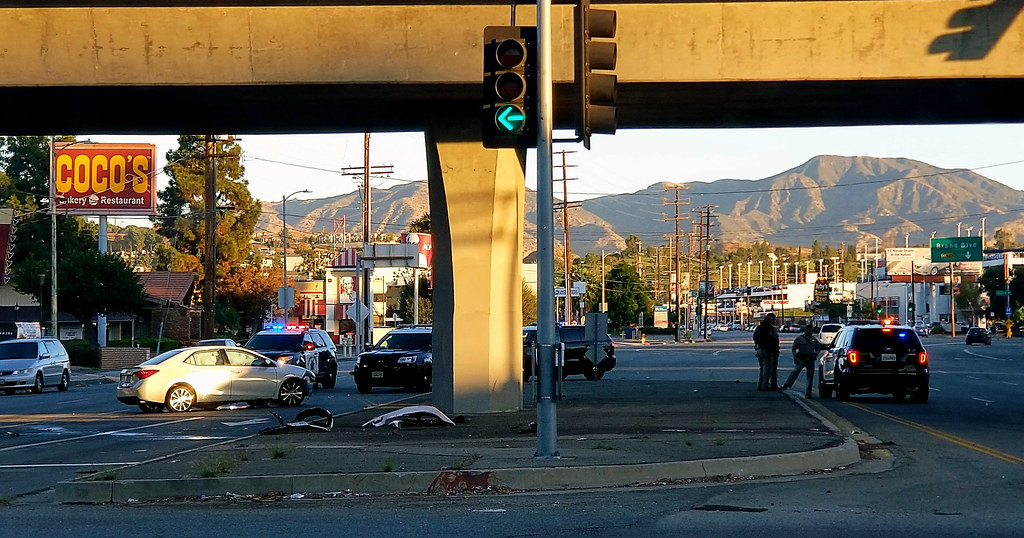
9. **Don’t Be a Dick (Seriously, Just Don’t)**Okay, we’ve talked about avoiding the flash of red and blue, but what happens when, despite your best efforts, “you creep over the posted limit and get pulled over”? This is where the rubber meets the road, and your attitude can literally make or break your situation. The experts are crystal clear: “Don’t be a Dick.” This isn’t just about good manners; it’s a strategic move to “make his difficult job easier” and potentially save your bacon from a full-blown ticket.
First things first: your hands! “Do not reach for your glovebox to retrieve your registration or fiddle around where your hands are out of view.” This is super important. Pull over, turn off your car, and “keep your hands high on the wheel where the officer can see them before he exits his vehicle.” This immediately communicates that you’re not a threat, assuring the officer “it’s safe to approach.” Only when asked for your documents, “tell him that you will need to reach into wherever it’s kept and don’t initiate the move until he says OK.” Transparency and communication are your best allies here.
And for goodness sake, “Don’t bull him, especially when he’s got you dead to rights.” Trying to concoct a wild story or “insulting an officer with a lame excuse only incentivizes him to make your life miserable.” Instead, “Fess up and apologize for your poor judgment.” If you genuinely weren’t aware of your speed, explain that you were “stressed out and lost track of how fast you were going.” Whatever you do, “don’t attempt to dispute it by inferring he’s lying or mistaken.” A “reasonable, polite, and respectful encounter can often result in being forgiven with a mere warning.” It’s like your mom always said: a little kindness goes a long way, especially when you’re in a bind!
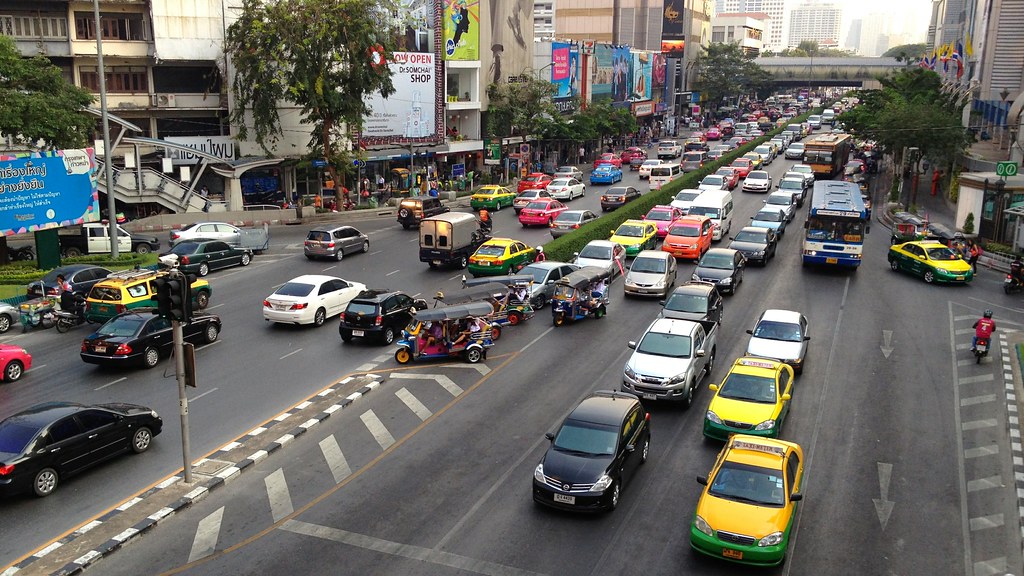
10. **Always Contest the Summons (Because Why Not Give It a Shot?)**So, you got the dreaded piece of paper. A speeding ticket. Bummer! But here’s a pro-tip that many drivers overlook: don’t just roll over and pay it! “Always Contest the Summons.” Seriously, your insurance premiums will thank you later, as “speeding tickets negatively affect your insurance premiums for several years.” You have a real shot at “at least reducing the fine, the severity of the infraction, or both by pleading not guilty.” It’s not just about fighting the good fight; it’s about strategic damage control for your wallet and your driving record.
One of the best-kept secrets of contesting a ticket is the “officer no-show.” In many jurisdictions, “cases are thrown out if the officer in question does not show up to court to present his evidence.” And let’s be real, “Clearly, cops can’t appear for every ticket that is contested, so your chances of it being tossed out are reasonably good.” It’s like a legal lottery, but one with surprisingly decent odds! Plus, by simply “showing the determination to fight it, local prosecutors will often rather make a ruling of Not Responsible than waste time over a seemingly trivial matter.” They might even “offer to plea the summons down to a fine only with no points.”
Now, if you’re a “serial offender” (and hey, no judgment here, we’re just talking strategy!), it might be time to bring in the big guns: “consider an attorney in your state that specializes in traffic law.” You might be thinking, *lawyer? For a speeding ticket?* But trust us, “You will be amazed at just how flexible the judicial system can be for those who know it from the inside.” It’s definitely “not an inexpensive solution by any means,” but “if you just can’t drive 55, it’s the cost of doing business.” Plus, it “beats commuting by bus,” doesn’t it? Think of it as an investment in your freedom (and your insurance rates!).
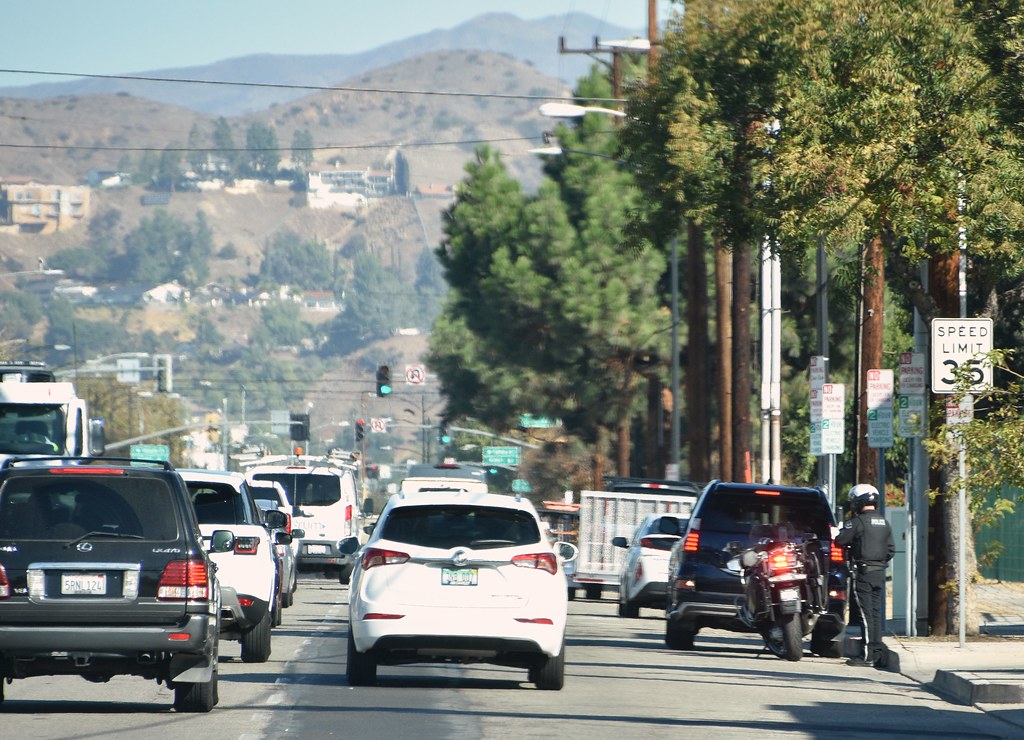
11. **Take It to the Track (Unleash Your Inner Race Car Driver, Legally!)**Alright, for all you thrill-seekers whose “thirst for speed” just can’t be quenched by city streets or open highways, we’ve got the ultimate solution: “Take It to the Track.” This isn’t just about indulging your need for speed; it’s about doing it in a “controlled environment where everyone adheres to the established rules, unlike the driving public.” Imagine a place where you can truly “wind it out safely—and legally, exploring both your limits and that of your machine,” without the nagging fear of flashing lights or hefty fines. Pure bliss, right?
If you’re lucky enough to own “a high-performance car,” a track day is an absolute must. “Tracks and road courses all over America and the world allow you to wind it out safely—and legally,” giving you the freedom to push your vehicle to its limits. Many speedways even “offer sport driving instruction (highly recommended, often mandatory) for non-professionals,” or you can tap into “the many driving schools offered by the manufacturer of your high-performance car.” These aren’t just joyrides; they’re opportunities to truly connect with your vehicle and hone your skills under expert guidance.
And here’s the unexpected bonus: the skills you develop on the track aren’t confined to the race course! “The skills you learn on the track will make you a superior driver on the road.” Think about it: enhanced car control, better judgment, improved reaction times. These are all priceless assets that translate directly to safer, more confident everyday driving. So, go ahead, embrace your inner speed demon, but do it where it’s meant to be done: on the track! Your street driving will thank you.
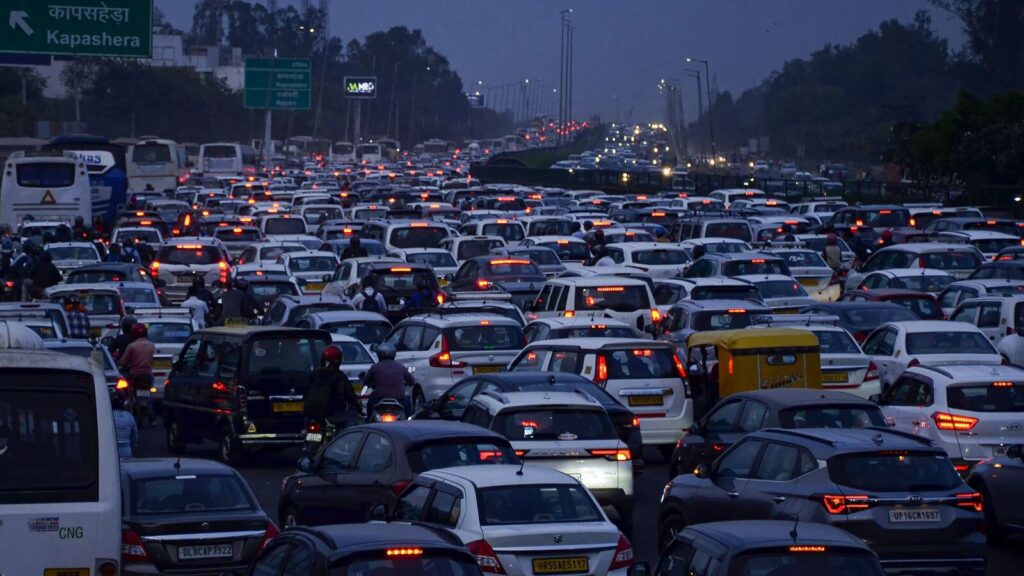
12. **Learn from the Stars’ Slip-Ups: Don’t Get Caught Doing the ‘Rookie Move’**Even with all these savvy tips, sometimes the biggest lessons come from watching others stumble. And when it comes to traffic tickets, Hollywood’s brightest stars have provided plenty of cautionary tales, proving that “being a celebrity does not put you above the law.” From multi-billionaires to pop sensations, these high-profile busts offer invaluable insights into what *not* to do, helping you keep your record clean by avoiding their “rookie moves.”
Take Elon Musk’s unforgettable speeding incident, for example. Picture this: cruising in a Tesla Model S with Johnny Depp and Paul Bettany in tow, only to get pulled over while Bettany is “sitting on Depp’s lap.” While the company was certainly elite, the outcome was still a speeding ticket! Then there’s Justin Bieber, whose “time behind the wheel has some rough history,” including going “over 100 miles per hour through LA” and a DUI in 2014. These aren’t just funny anecdotes; they’re stark reminders that excessive speed, especially in highly visible or reckless situations, almost always ends in trouble.
Ben Affleck, a Hollywood icon, was “clocked him at 114 miles per hour” in Georgia, leading to a few hours in county jail and a hefty bond. He evidently didn’t learn his lesson, getting stopped again for speeding in 2010. Even hot-headed chef Gordon Ramsay, with his fleet of supercars, got nabbed in a Land Rover going “over 80 miles per hour in a 40 mph construction zone.” The takeaway? These aren’t just minor infractions; these are significant, often highly public, violations that lead to serious consequences, celebrity status be darned.
What can we glean from these celebrity mishaps? It’s simple: conspicuous speeding, especially far above the limit and in sensitive zones like construction areas, is a surefire way to get caught. Louis Tomlinson’s 48 mph in a 40 zone might seem minor, but it still earned him three points and a fine. The lesson is clear: heed speed limits, especially in sensitive zones, and avoid egregious violations that leave no room for doubt or leniency. Don’t be “that guy” who thinks the rules don’t apply; otherwise, you might just find yourself paying the price, celebrity status or not!
And there you have it, folks! From mastering the art of the polite pullover to strategically using tech and even learning from the hilarious (and sometimes humbling) missteps of our favorite celebrities, these 12 steps are your ultimate roadmap to navigating the asphalt jungle like a pro. Remember, the goal isn’t just to avoid tickets – it’s about driving smarter, safer, and with a whole lot more awareness. So, go forth, hit the road, and may your journeys be smooth, ticket-free, and full of good vibes. Stay savvy, stay safe, and happy cruising!

